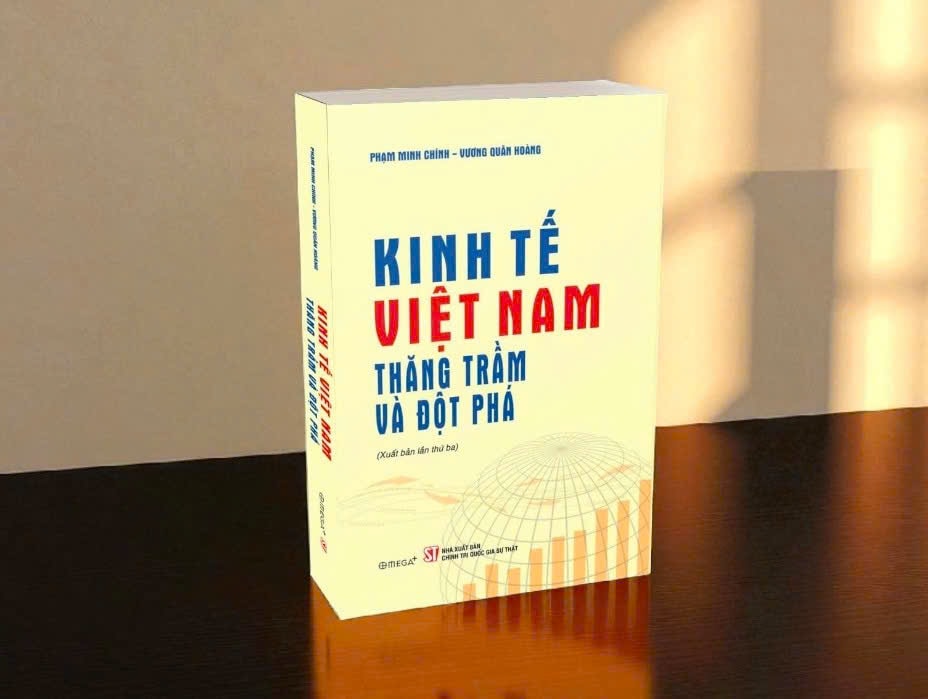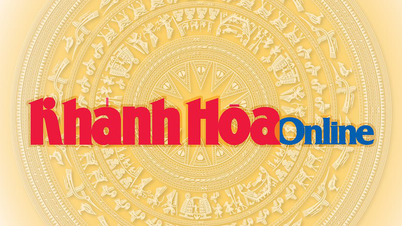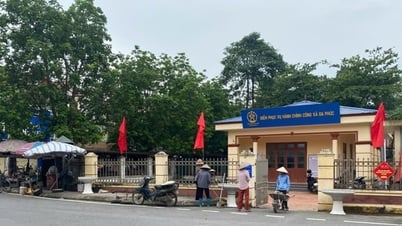The book was first published in 2009, in the context of the global financial crisis at its most intense stage and was well received by a wide audience. This third edition in 2025 not only affirms the lasting value of the work, but also allows today's readers to access a rich body of knowledge about the Vietnamese economy in relation to the global economic context, especially in the first 20 years since the implementation of the renovation.

“Vietnam's Economy – Ups and Downs and Breakthroughs” consists of 13 chapters, divided into three parts. In the “Ups and Downs” part, the authors take readers back in history to illuminate the turbulent transitional periods, from a colonial economy to an independent economy, from a subsidized economy to a market economy, from an underdeveloped economic country to a period of high economic growth.
The difficulties of the period of struggle for monetary independence, or the economic and financial problems of the period 1986-1992 such as hyperinflation up to 3 digits, weak credit system, abnormal price fluctuations... are dissected with clear data and tight arguments. It is not only "historical information", but also the basis for looking back at the capacity to respond to policies and manage the macro economy of Vietnam in the early period of Doi Moi.
Coming to the “Breakthrough” section, the book helps readers clearly see the strong change in economic thinking in Vietnam, from recognizing a multi-sector economy, recognizing the role of the private economic sector, to innovating banking institutions and developing the financial market system (gold, foreign currency, securities), and real estate market.
It is notable that the authors have carefully analyzed the formation of the two-tier banking system, a major institutional milestone in the early 1990s, marking a necessary step in building a modern financial market. The authors have devoted a lot of space to analyze the role of FDI, the development of the stock market since 2000 and the "fevers" of real estate, gold, USD, vivid manifestations of the economy in the integration process.
The depth of the book is shown in the “Problems and Phenomena” section, where the authors raise theoretical but also highly practical questions: How to limit asset bubbles? To what extent should the government intervene in the financial market? To what extent can the power of the market go hand in hand with the role of state management? Phenomena such as “herd behavior” in the gold market, the dollarization of the economy or bank credit risks… are explained not only by data but also through analysis of economic models and international comparisons.
In particular, the reference system at the end of the book, along with tables, figures and illustrations, facilitates reference and in-depth research.
The book “Vietnam's Economy - Ups and Downs and Breakthroughs” has lasting value because of its open-ended approach, leaving room for debate and dialogue. Many of the book's suggestions and proposals are not only relevant in the late 2000s but are still relevant today, as the country enters a new era.
Source: https://hanoimoi.vn/lanh-te-viet-nam-thang-tram-va-dot-pha-goc-nhin-xuyen-suot-mot-hanh-trinh-doi-moi-708453.html






































































































Comment (0)